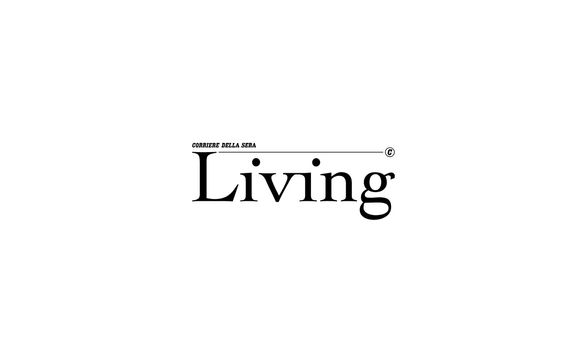From architecture to object

Published
01 Jul 2019
Reading
2 min
Mario Cucinella’s foray into design generates a collection of tableware inspired by his buildings. Original pieces like the hands of the craftsmen who forged them.
By Paola Carimati
“Environmental architect, convinced technologist, dreamer and visionary. I have a studio inside the tram depot and I founded a non-profit association,” says the Twitter account of @MarioCucinella, the Italian designer who has made sustainability his manifesto.
For twenty years he has been telling his ideas, his sensitivity and today, with his studio in Bologna and Nwe York, he follows construction sites opened all over the world, from Algeria to the States, and in Italy he is waiting to inaugurate the Etruscan Museum, the new pavilion for the San Raffaele hospital in Milan and the Unipol Tower, also in the Lombard capital. From the future to the present. The Green School in the Middle East, as well as the Kwame Nkrumah Presidential Library in Ghana or the House of Music in Pieve di Cento (Bologna) are some of the buildings chosen as inspiration for the Building Objects […] not just a collection of tableware, but an educational project that plays with dimensions.
Meeting at Milan Design Week, Mario Cucinella explained why he designed Building Objects. “I’m hearing more and more about buildings as if they were objects. So I thought it would be a good exercise to try to transform my projects into furnishing accessories”, and see the effect it makes.
What are you willing to lose in the change of scale that transforms, for example, the regional headquarters of the Arpae into a carpet? “Making architecture means building contexts of relationships: spaces that people live and do not contemplate. That’s why you have to be very aware when you practice your profession,” he says. “But also to take charge of the well-being of others. For me, architecture is suffering, a feeling that is lost when you extract it from its context. So making objects becomes more relaxing because it loses pathos.”
A statement that has no controversy when Cucinella tells how every single piece was made. “We chose the architecture in a completely discretionary way. Buildings that are profoundly different from each other, because there are different places and climates in which they fit in and with which they communicate. No eclecticism, but a pure question of language”. Volumes and proportions then depend on the shift from macro to micro and the need to build a homogeneous domestic landscape where dishes and cutlery also coexist. “Pillars, textures, structural elements have the value of the somatic features of a face: determining for the development of form and function”, he specifies. But it is in the choice of material (from glass to metal), craftsmanship (from blowing to laser cutting) and technology (3D printing) that design is redeemed and recovers the teaching of Bauhaus.
“Involving people who do ancient work is a sustainable way to tell traditions and save the territory. But don’t call me a designer.”













